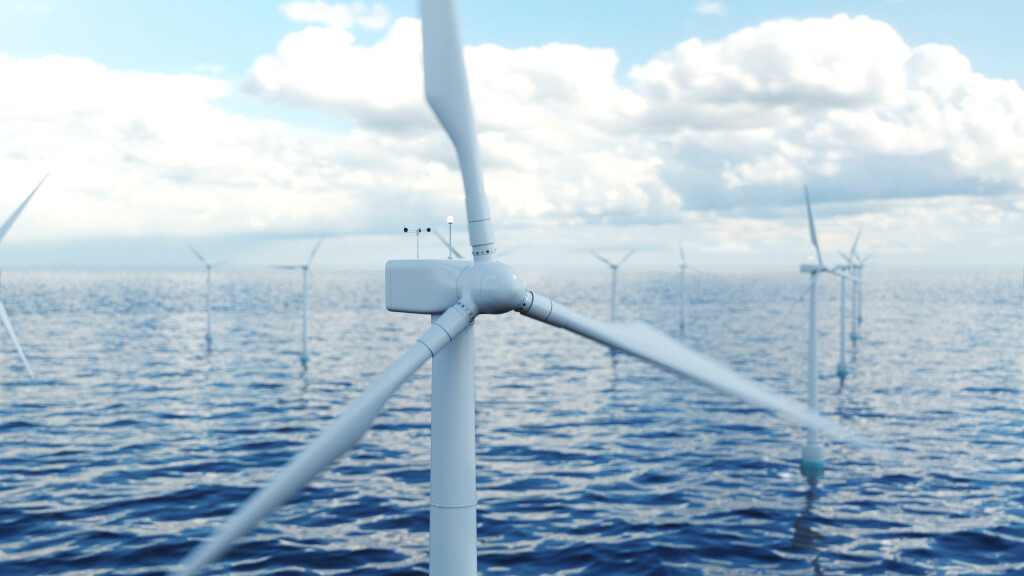The central California coast has an array of opportunities to enhance its waterfront infrastructure to support the growth of the offshore wind and space industries, a new study finds.
The findings of the “Central Coast Emerging Industries Waterfront Siting and Infrastructure Study” will inform critical next steps in planning for offshore wind development following last week’s federal auction of three lease areas off the coast of Morro Bay and for increased launch activity at Vandenberg Space Force Base, according to REACH which conducted the study. REACH is a regional economic action coalition that brings together public, private and civic leaders across the central coast of California.
“These two industries are poised to bring hundreds, potentially thousands, of good-paying jobs and other economic benefits to the region, but each needs supporting infrastructure to reach its full potential,” REACH President/CEO Melissa James said in a statement. “Our region has come together with this study to surface opportunities and guide discussion on how the central coast can play a role in these emerging industries and unlock investment.”
The study was funded by the counties of San Luis Obispo and Santa Barbara and the city of Morro Bay, with REACH serving as project administrator. The global engineering firm Mott MacDonald conducted the technical analysis, with review by a technical steering committee represented by the three funding agencies, the National Renewable Energy Lab (NREL), the Governor’s Office of Business and Economic Development (GO-Biz) and Space Launch Delta 30.
Key findings: Offshore wind
The study outlines the potential for a variety of facilities along the central coast, from small boat docks and equipment storage to large facilities where turbines are assembled. A network of such facilities are needed to support a range of activities across the three lease areas, the report states. The options involve varying levels of complexity and cost, ranging from $10 million to $40 million for smaller facilities to more than $1 billion for a larger facility. All options require investment, regulatory permitting coordination and stakeholder engagement.
“As we prepare to stand up an entire new industry with the development of floating offshore wind farms off California’s coast, it’s becoming crystal clear that we’ll need a network of ports and support facilities up and down the coast,” Adam Stern, executive director of Offshore Wind California, said. “We applaud this effort to identify potential locations in close proximity to one of the two areas opened for development in last week’s historic auction, as well as the Central Coast’s initiative in shaping the role it will play in jump-starting an industry that’s critical to our nation’s energy future.”
The study, which also lays out governance and financing models, feeds into work across several fronts: SLO County’s plans for $1 million in state funding for infrastructure, engagement with the three winning offshore wind developers and coordination with both the state AB 525 planning process and the federal West Coast Port Strategy Study that NREL is leading. Community dialogue and engagement with tribal, fishing and other Central Coast stakeholders will be essential in exploring these options further.
“This study provides an important piece as we develop the roadmap for offshore wind on the Pacific Coast, outlining scenarios for how the Central Coast fits into the larger picture of port infrastructure the floating offshore wind industry needs to thrive and scale,” said Walter Musial, principal researcher at NREL. “We appreciate the opportunity to collaborate with the Central Coast on this important work.”




